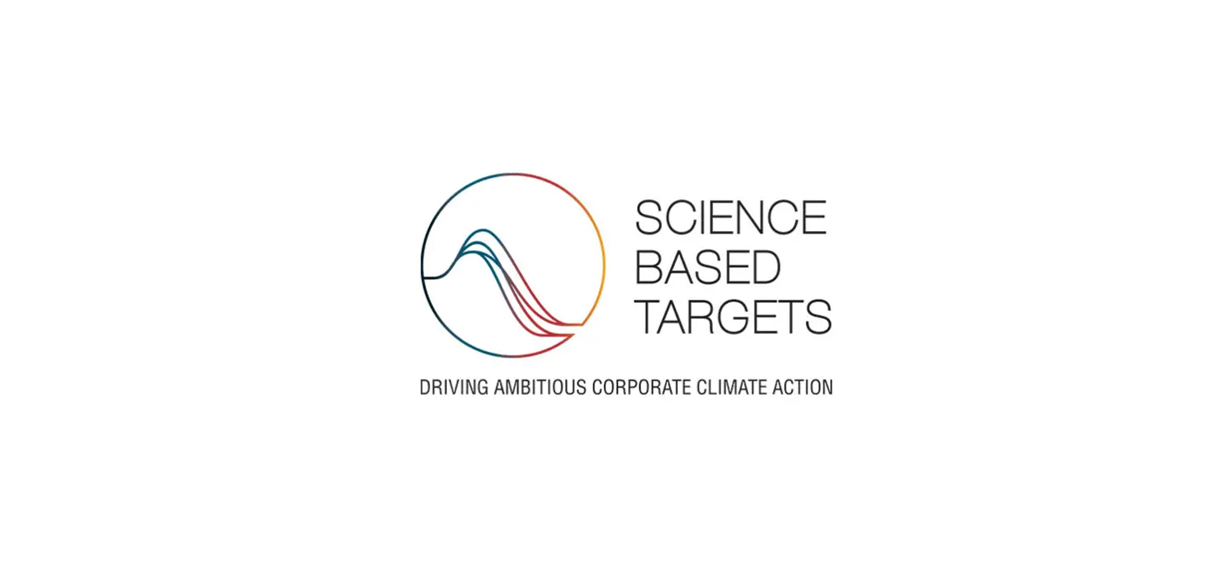In response to the climate crisis, decarbonisation and energy conservation might be seen as natural solutions. But are they really sustainable? Do they generate other sources of pollution? How can we make them part of our organisation? Life cycle assessment (LCA) provides an overall view of the environmental impact of a product or service. It informs our choices and plays a key role in guiding organisations towards a fully sustainable approach.
Towards a global approach reflecting local realities
Life cycle assessment is not just about one simple question: “Will this solution help me to reduce my ecological footprint now?” What we should be asking is: “Is this solution appropriate and sustainable?” In short, faced with environmental challenges, we need to overcome the emotional and cultural bias that can skew our choices. Suggesting that a global initiative can always be transposed to the local level is not an idea to be taken lightly.
Let’s take the example of electric cars. In many ways, they contribute to low-carbon development, but it may not make ecological sense to encourage their use at local level. In regions that rely on fossil fuel-based electricity, demand for this type of vehicle will simply push up the greenhouse gas emissions associated with vehicle use. LCA can play a crucial role here, quantifying the environmental impact of a service or product throughout its life cycle. This multi-criteria, multi-stage approach can highlight areas for improvement and also inform decision-making. This overview helps us to put things into perspective in what we do, and to ask the right questions. For example: the development of electric cars cannot be dissociated from decarbonised electricity generation.
Life cycle assessment also sidesteps another pitfall that is all too common in environmental policies, namely the transfer of impacts. Trying to cut CO₂ emissions in one area may have a negative impact in other areas, such as excessive use of natural resources, or water and soil pollution. Paperless workflows are a good example. This process relies on technology that is far from virtuous, with the wide-scale use of terminals, networks and servers, involving the highly polluting extraction of rare materials.
Ultimately, LCA reminds us of a crucial truth: an idea that looks virtuous in theory may not be so in practice. It has to be adapted to reflect all contexts at every level. We need to understand that there are no ideal solutions, only compromises where different approaches coexist without sacrificing the original goal.
Making LCA part of a sustainable approach
While life cycle assessment is a way to commit organisations to the ecological transition, it is only one pillar of a CSR approach. Based on the ISO 14040/44 standards, it deals exclusively with environmental issues, rather than the social or governance issues that are fundamental today.
For this reason, LCA must be implemented alongside additional tools in order to address the full range of sustainability issues. These tools include social LCA, eco-design and the circular economy, making it possible to measure the economic and social impacts of decisions as well as their environmental impacts.
For example, if the energy transition of a company fails to take account of the social impact of resource exploitation, such as poor working conditions in lithium or cobalt mines, this inevitably leads to major social injustices. By combining different approaches, we can plan for these impacts, making the decision-making process more sustainable.
Responding to growing consumer demand and increasingly stringent national and supranational regulations such as the European CSR Directive, companies are facing growing expectations around transparency and sustainability.
Although LCA is the cornerstone of ISO 14040 and a valuable tool for assessing the environmental impact of a product or service, it is not sufficient in itself to address each and every issue. Rather, LCA is a strategic starting point for complying with these requirements, while laying the foundations for a more extensive transformation.
We need to develop sustainable transition strategies incorporating the three pillars of environment, social and governance. If the decision-making process considers only one of these aspects, it could lack overall perspective and become less relevant. This combination of different tools and approaches will be essential to any sustainable approach in the future. Backed up by social and ethical considerations, the life cycle assessment will become a springboard for a truly sustainable economic model.



